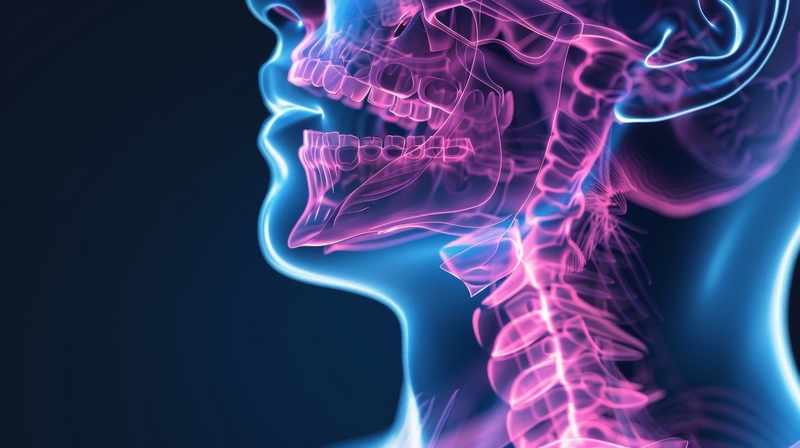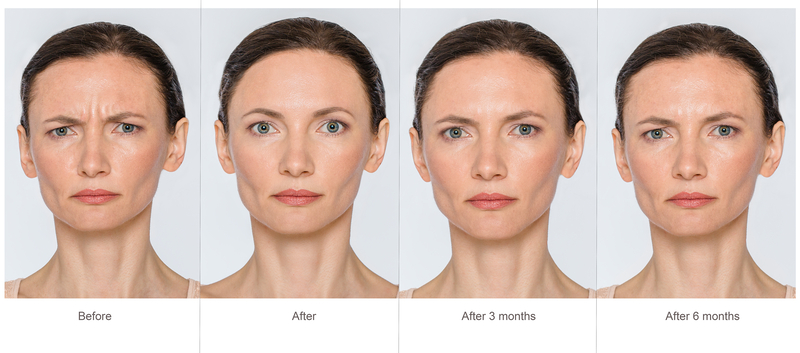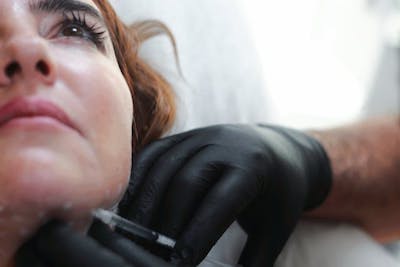Botox, often synonymous with cosmetic enhancements, transcends its conventional beauty applications to reveal a spectrum of unexpected medical utilities. Although this neurotoxin is most commonly known for its ability to smooth wrinkles, it has also subtly influenced a number of medical fields by providing relief and therapy for a wide range of conditions. Delving beyond the surface of its cosmetic fame, this guide will uncover Botox’s multifaceted capabilities, showcasing its transformative impact on diverse medical landscapes.
Alleviating Chronic Migraines:
Millions of people worldwide suffer from chronic migraines, which are so persistent that they severely impair everyday living. Botox in Hendersonville NC proves to be a powerful remedy in the quest for alleviation. Its capacity to prevent the release of neurotransmitters involved in pain signaling accounts for its effectiveness in managing migraines. When injected strategically, Botox breaks the chain of events that triggers migraine attacks. This method addresses the underlying cause of migraines by acting at the neurological level as opposed to only providing a surface numbness.

Its efficacy has been shown in clinical studies, where patients reported a significant decrease in migraine frequency and severity after therapy. Botox gives people the ability to take back control of their lives by providing a brief respite from the debilitating effects of persistent migraines.
Easing Muscular Spasms:
Whether caused by musculoskeletal injuries or neurological problems, muscular spasms cause significant pain and disability. When it comes to reducing these involuntary contractions, Botox proves to be a powerful ally, providing support where more conventional treatments fall short. Its mode of action, which involves selective inhibition of muscular contraction, is very effective in reducing spasms. Botox efficiently calms overactive muscles by preventing the release of acetylcholine, a neurotransmitter that is essential for muscular activation.
This is not a limited intervention to a particular anatomical location; rather, it transcends boundaries to address a wide range of diseases, including muscle spasticity. Botox is a diverse treatment method that provides clients with increased movement and comfort, particularly for those suffering from spinal cord injuries and cerebral palsy.
Managing Overactive Bladder:
The ongoing urgency and frequency associated with overactive bladder syndrome diminish the quality of life for those afflicted. In the pursuit of efficient treatment, Botox turns out to be a game-changer for regaining bladder control. Botox is injected cystoscopically into the bladder wall, where it affects the release of neurotransmitters that are important for bladder function. By blocking the abnormal signaling that causes hyperactivity, Botox provides people with relief from the constant need to urinate. Clinical investigations support its effectiveness, as patients report considerable increases in bladder capacity and frequency of urination after therapy.
Beyond the realm of cosmetic enhancement, Botox assumes the role of a therapeutic beacon, illuminating the path to restored bladder function and enhanced quality of life.

Aiding in Vocal Cord Dysfunction:
Significant obstacles to respiratory function and vocalization arise from vocal cord dysfunction, which is defined by the paradoxical closure of the vocal cords during inhalation. Botox is a powerful intervention in the quest for restoration, providing alleviation from the constriction and dysphonia associated with vocal cord dysfunction. The mechanism of action, supported by specific muscle relaxation, makes it easier for the vocal cords to dilate and relieve airflow restriction. Doctors can reduce spasmodic contractions and restore normal phonation by injecting vocal cord muscles with Botox.
Clinical data supports its effectiveness, as patients report improved respiratory and voice quality after therapy. Beyond its attractive appearance, Botox becomes a therapeutic ally, giving voice to patients whose vocal cords are malfunctioning.
Mitigating Chronic Pelvic Pain Syndrome:
The complicated and incapacitating disorder known as chronic pelvic pain syndrome negatively impacts physical and mental health. Amidst the labyrinth of treatment modalities, Botox emerges as a beacon of hope, offering relief from the persistent discomfort and dysfunction characteristic of pelvic pain syndrome. Its mechanism of action addresses the multifactorial character of pelvic pain by focusing on targeted muscle relaxation and modulating neurotransmitter release. Clinicians can reduce pain perception, release tension, and improve pelvic function by injecting Botox into the pelvic floor muscles.
Its effectiveness is supported by clinical studies, where patients report considerable improvements in their quality of life and pain ratings after therapy. Beyond its cosmetic renown, Botox assumes the mantle of a therapeutic stalwart, illuminating the path to relief for those trapped by chronic pelvic pain syndrome.
Conclusion:

In the realm of medicine, Botox transcends its cosmetic fame to unveil a myriad of unexpected therapeutic applications. Beyond its superficial allure, Botox assumes the mantle of a therapeutic stalwart, illuminating the path to relief and rejuvenation across various medical landscapes. As research continues to unveil its untapped potential, Botox stands poised to redefine the boundaries of medical innovation, offering hope and healing in unexpected realms.

